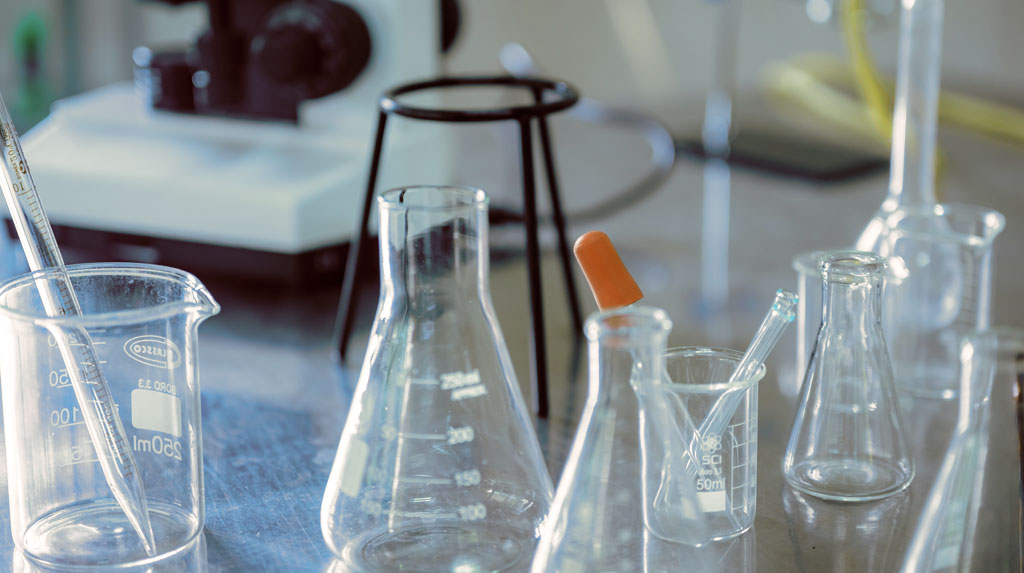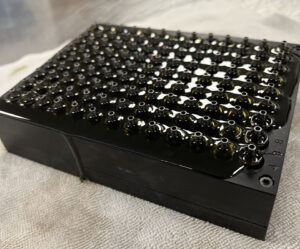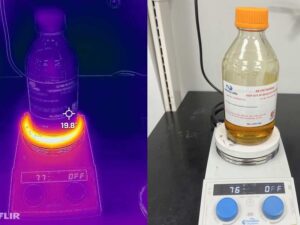Standard laboratory glassware is used for even heat distribution, repeatable end products, and safety. This article will help with choosing the best type of glass container used in labs for heat up & retherming, mixing, stirring / formulation work, small batch testing (ph, compliance with instruction and safety tips.
by Jeff Wu - September 2, 2022Definitions
- Volatile – Liable to change rapidly and unpredictable, especially for the worse.
Types of lab / industrial glassware
- Graduated beaker – a large container with a thick rim, flat bottom, and a spout for pouring.
- Graduated bottle – a bottle container used to store and heat liquids.
- Graduated flask – a conical (large at bottom, small at top) shaped container used to safely swirl liquids.
- Test vials – a bottle container used to store liquids.
Types of “makeshift” home glass
- “Ball jars” – a thick walled container with a thick rim, food application.
- Milk bottle – A glass bottle container used to milk and juices.
- All other types of pickling glass containers.





